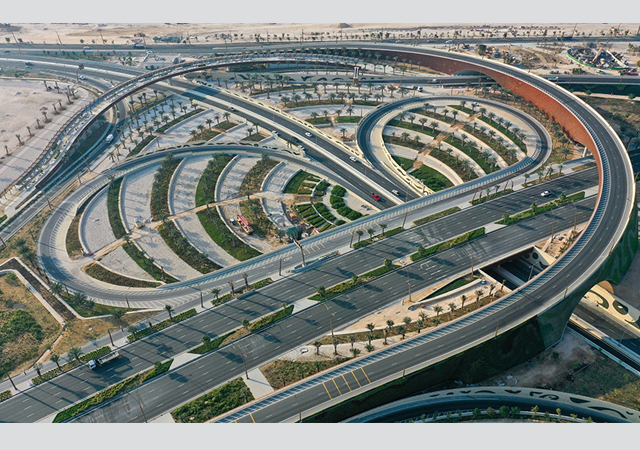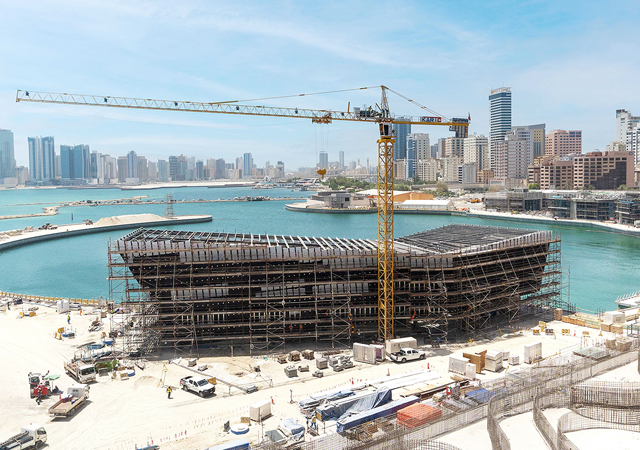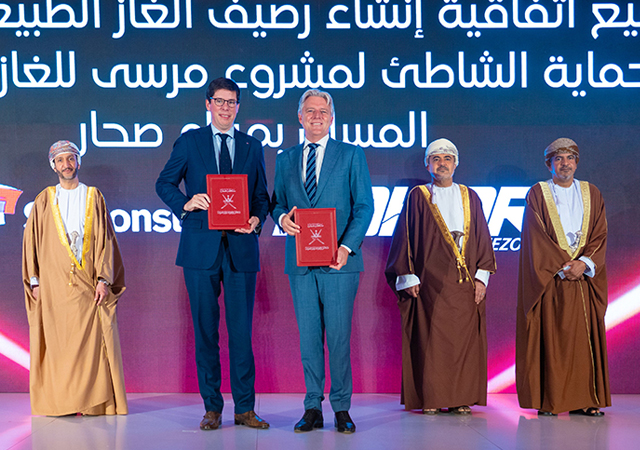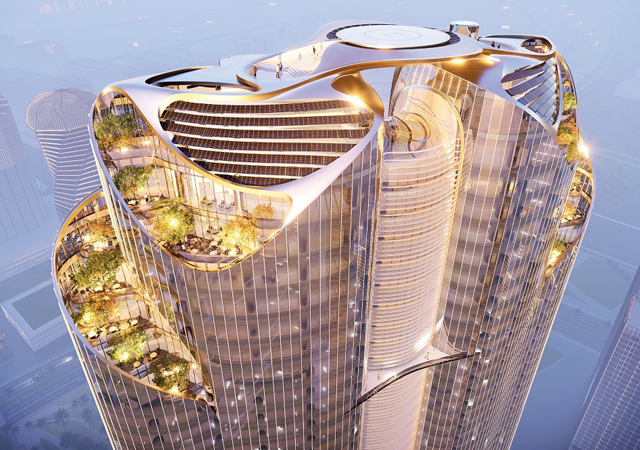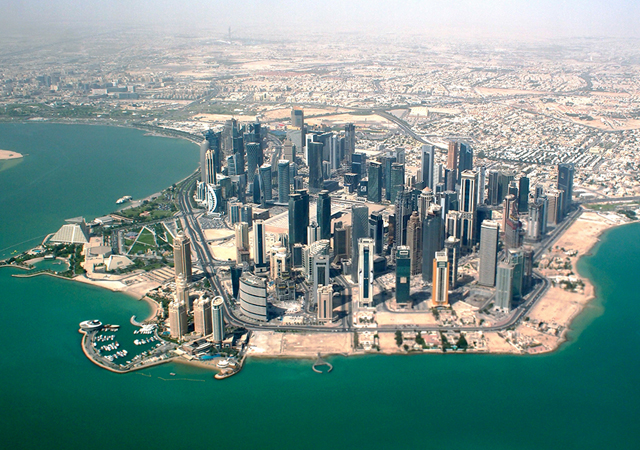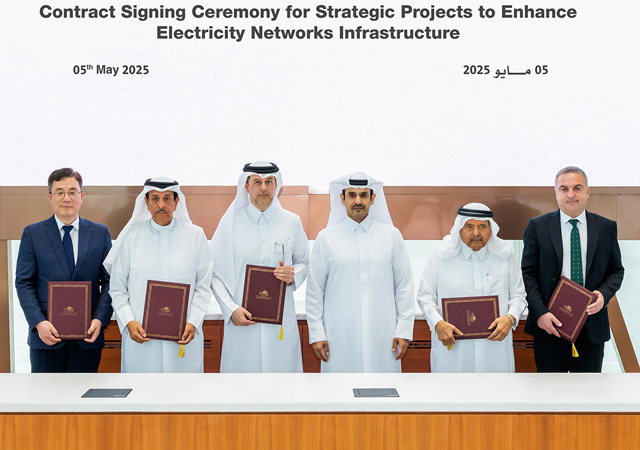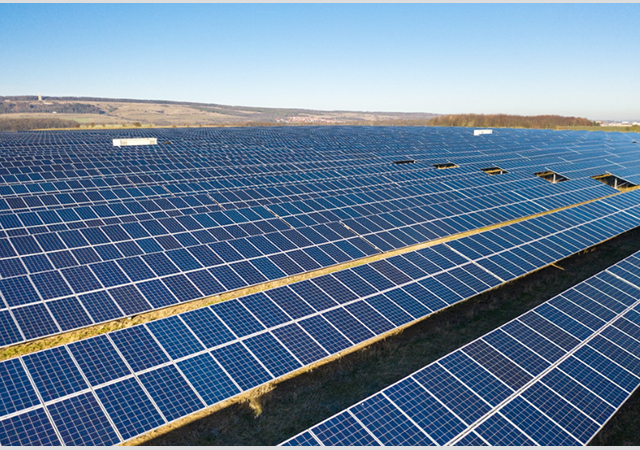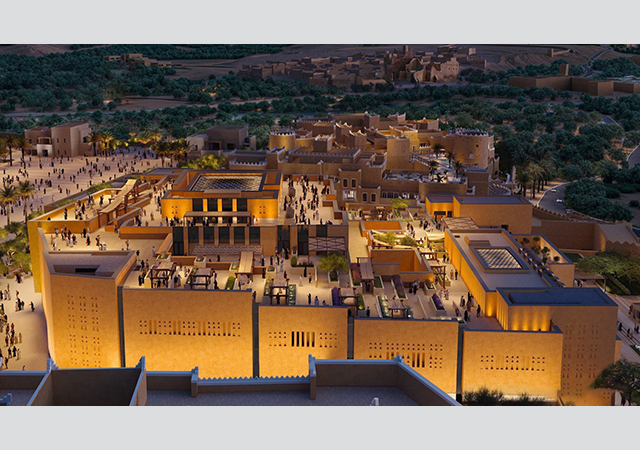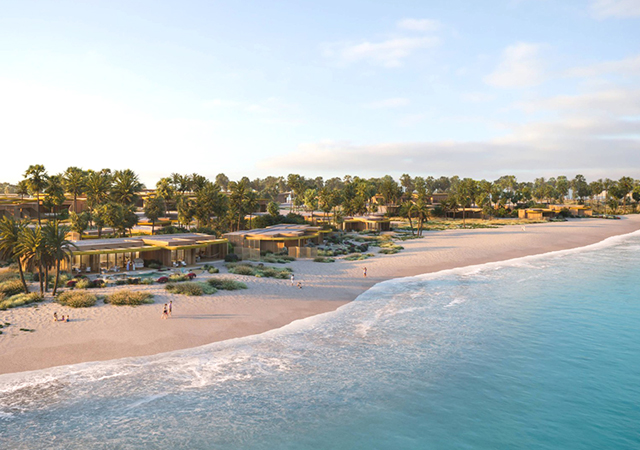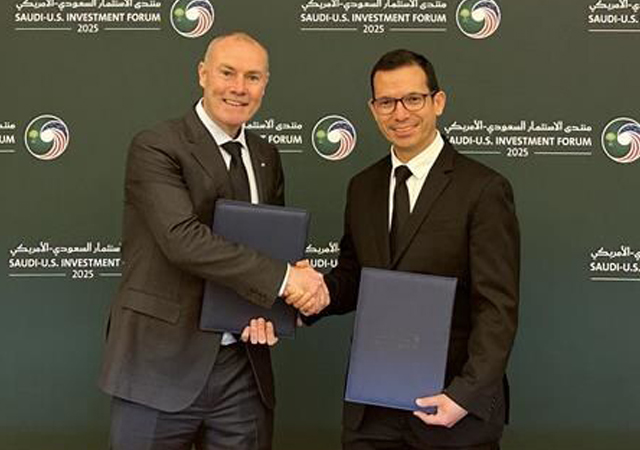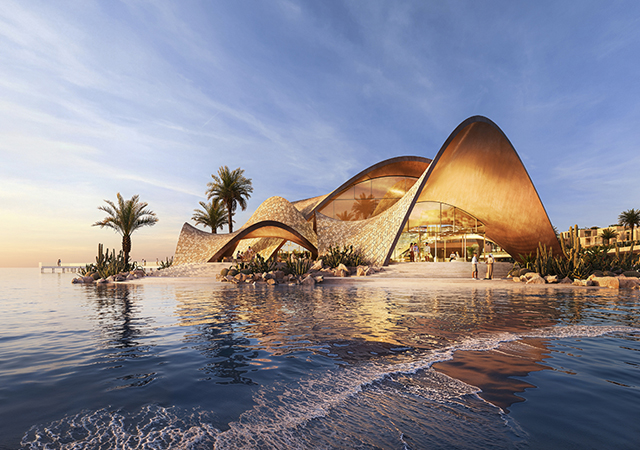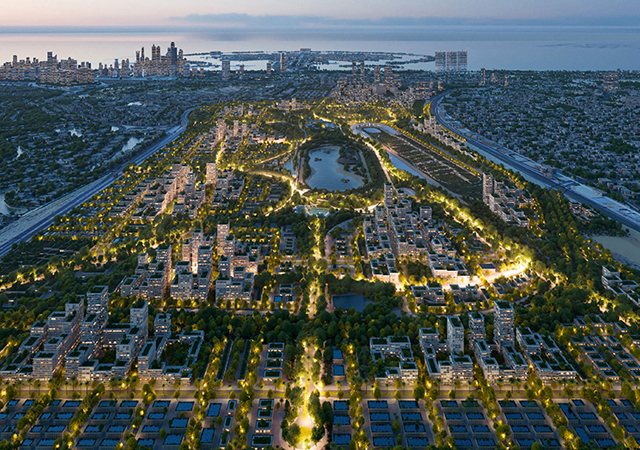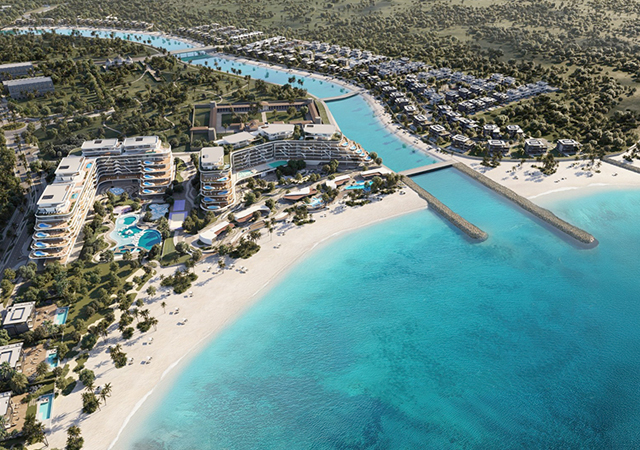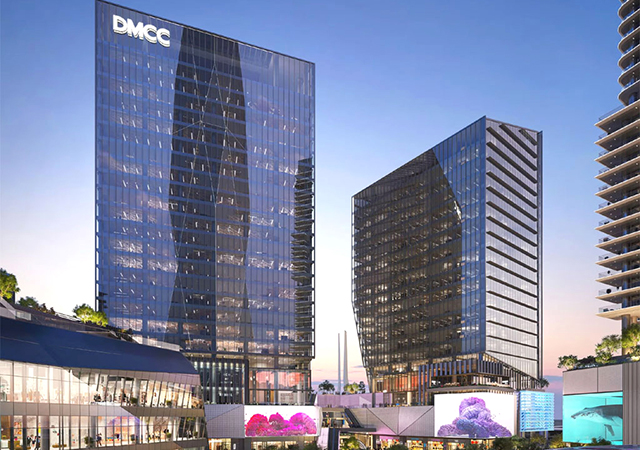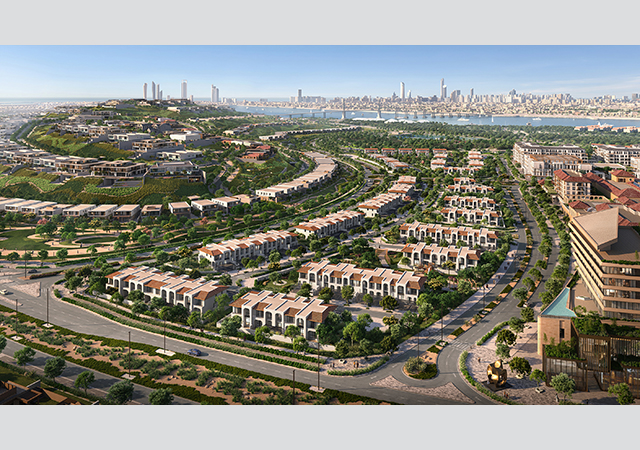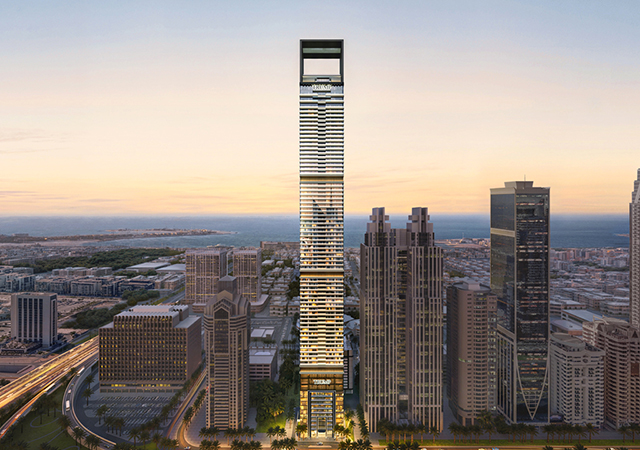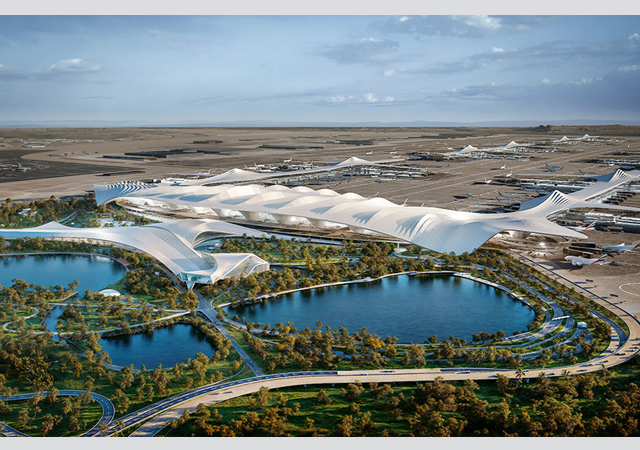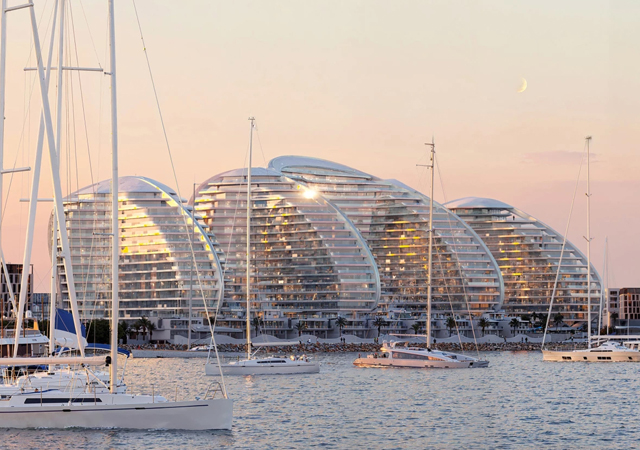
 ComBar … used for the foundation slab of Qatalum’s smelter.
ComBar … used for the foundation slab of Qatalum’s smelter.
Schöck, a major German supplier of innovative system solutions for concrete and brick/blockwork, started to develop its own GFRP rebar in 2000, and the result was Schöck ComBar, which meets all the requirements necessary for accreditation by the German Institute of Construction Technology (DIBt) as a reinforcing material in permanent reinforced concrete structures.
Explaining its competitive edge over steel, a company spokesperson says: “Until recently, steel has been used virtually exclusively as the reinforcing material in reinforced concrete structures. However, there are certain situations where steel has its limitations. In these cases, the installation of Schöck ComBar is a viable reinforcement solution.
It has a higher tensile strength, is corrosion resistant, non-magnetic, easily machined and much lighter than steel. It is ideally suited for aggressive environments, or structures exposed to electromagnetic fields. The tensile strength and bond characteristics are comparable to those of stainless steel, yet it is corrosion resistant, non-conductive and highly durable.”
To date, Schöck ComBar has been installed in several major construction projects around the world. The Blackpool central coastal defence project is a case in point, which exemplifies the advantages of glassfibre reinforcement.
Says Christoph Spitz from Schöck Bauteile: “The collaborative approach taken by the project team in Blackpool has allowed the use of cutting-edge materials to become a reality. In this first use of GFRP reinforcement within a permanent concrete structure in the UK, the client, Blackpool Council, wanted to avoid the problems traditionally associated with steel reinforced concrete.”
Conventional steel reinforcement, according to him, is often associated with long-term service problems resulting from corrosion. This issue is of particular relevance in areas where high concentrations of chlorides are present, such as the marine environment.
“With greater emphasis placed on project life cycle costs of coastal protection schemes, stainless steel was been increasingly specified in the past years, in order to improve design life and performance. The use of this material has, however, been restricted by cost in recent years. Stainless steel has more than doubled in price in the last two years alone, for instance, since the start of the Blackpool central coastal defence project in 2005,” he explains.
In order to mitigate the effects of these cost rises, contractor Birse Coastal, designer Blackpool Council Technical Services and supplier Schöck worked in partnership to develop the application of GFRP reinforcement for use within the Blackpool central coastal defence project. Extensive research, development and laboratory trials were undertaken, and a proactive approach was adopted to the design, in order to bring this concept to fruition.
The material is now being used both in precast and in-situ concrete. The use has resulted in significant cost savings as well as safety and environmental benefits, according to Spitz.
Adds Anthony Burgess of Birse Coastal: “It just goes to show what can be achieved when conventional approaches are challenged and the whole supply chain is engaged to maximise the benefit to the project. The financial, environmental, and safety benefits are significant but this could not be achieved without the pro-active and collaborative attitude facilitated by the partnering approach.”
“The ComBar has a 100-year design life, to match that of the Blackpool Scheme, even in such a corrosive coastal environment,” continues Spitz. “Concrete cover can be minimised to maximise design efficiency whilst ensuring performance and durability are not compromised. Indeed, the controlling factor in this application was abrasion allowance over the 100 years.”
Commenting on ComBar’s outstanding properties, Lee Cunningham, Blackpool Council Technical Services says: “The mechanical properties of ComBar are impressive. Extensive testing has allowed us to have surety in the long-term performance of the material, which, given the design life of the project, is a crucial parameter.”
Further applications
In applications outside the UK, ComBar has been installed in several industrial floor slabs around the world. “The decisive advantages,” Spitz points out, “were the material’s corrosion resistance and the fact that it does not conduct electro-magnetic currents. The latter property was important in slabs supporting automated transportations systems, which are guided by inductance coils in the slab.”
At the Qatalum facility, ComBar was installed in more than 1,000 sq m of foundation slab in the rectifier area of the plant.
“Large machines operate at extremely high currents in this section of the smelter. Currents induced in the steel rebar of the foundation slabs below these machines would have caused a heating up of the bars, ultimately resulting in their failure,” he explains.
Among other projects, the corrosion resistance of ComBAR was the primary criterion in their application in the barrier walls and decks of highway bridges in Canada. The usage of de-icing salts is necessary there to keep the traffic on major roads flowing during the winter months. In combination with extremely low temperatures, these salts have led to the corrosion of the steel rebar in such structures in the past. The GFRP bars were approved for the installation in the highest load level barrier walls, as specified by the Ministry of Transportation in Ontario.




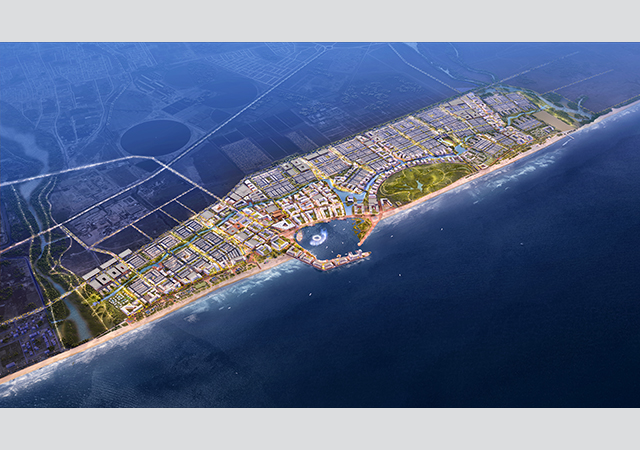
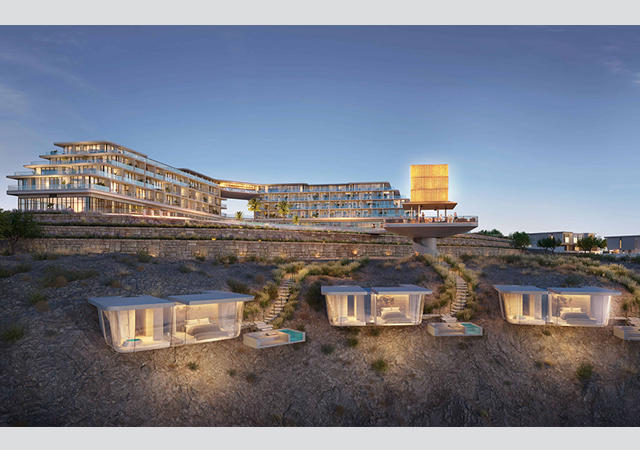





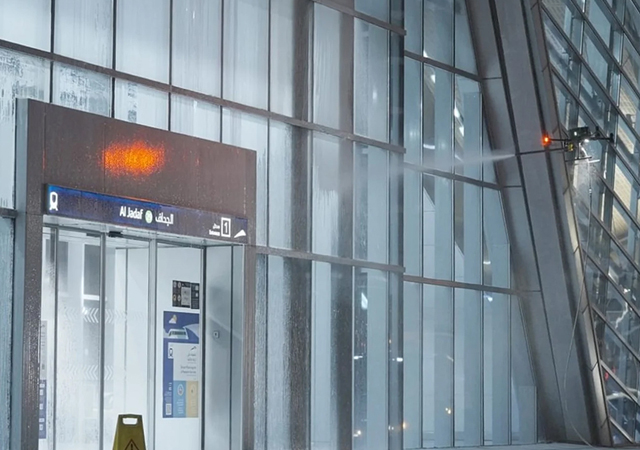
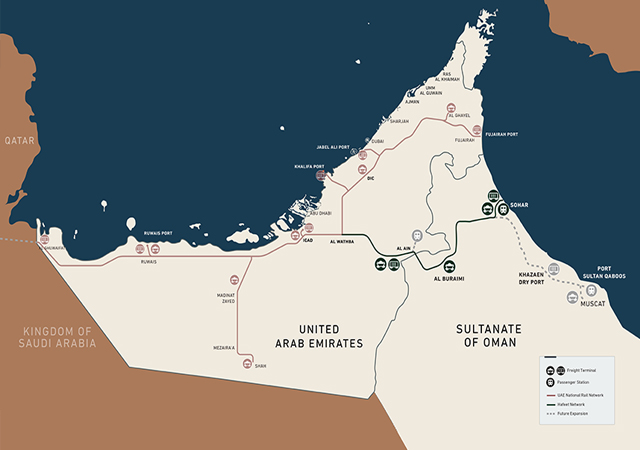
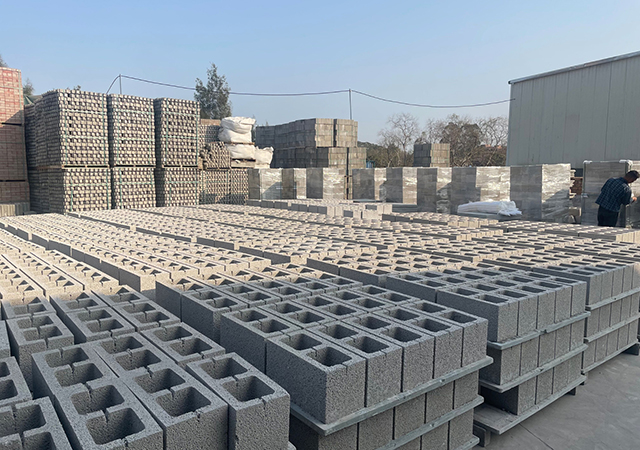
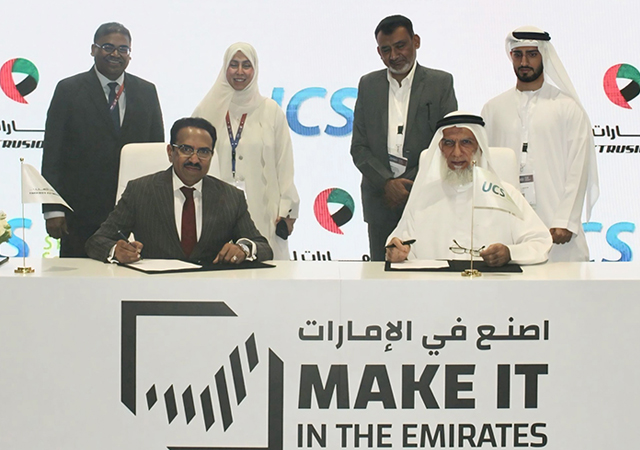
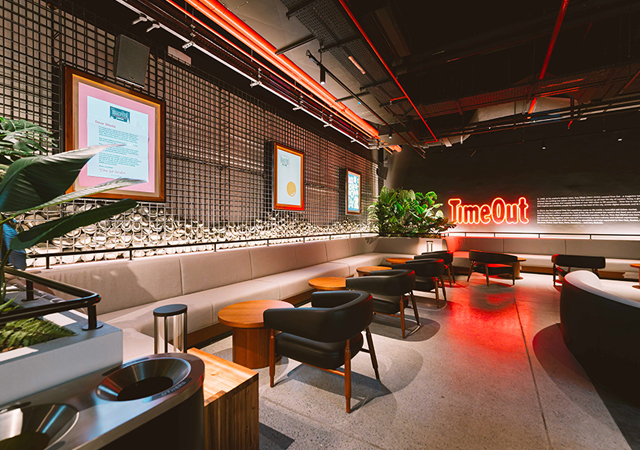
.jpg)
.jpg)

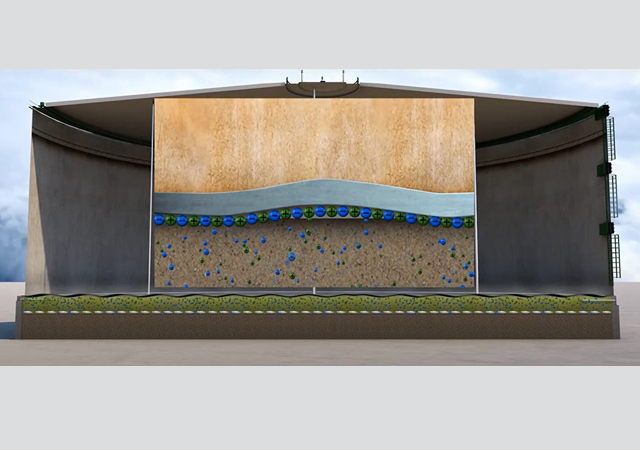
.jpg)
.jpg)

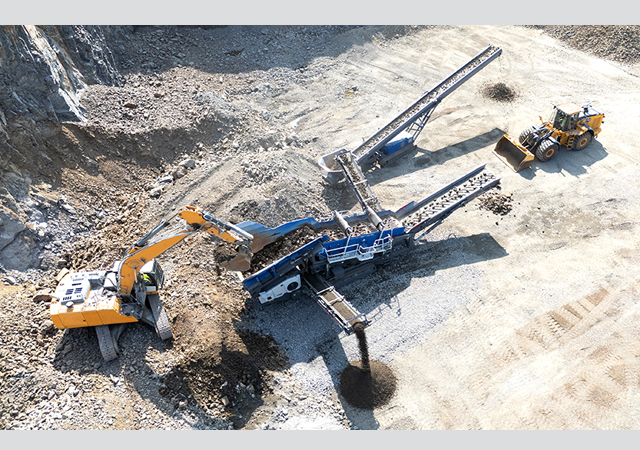
.jpg)
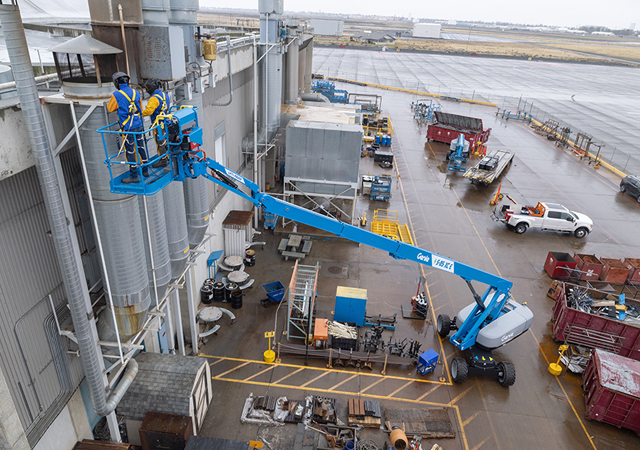
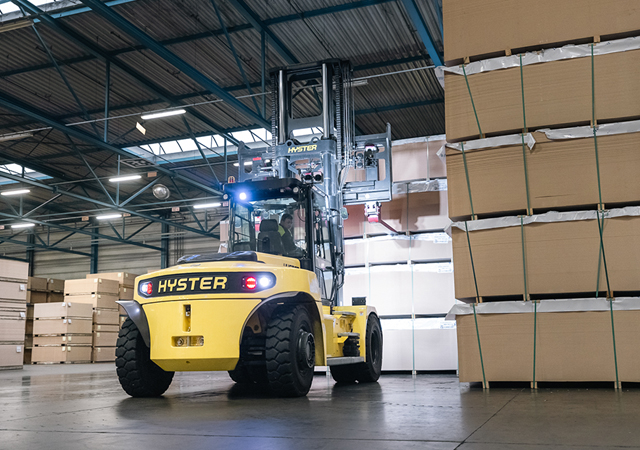
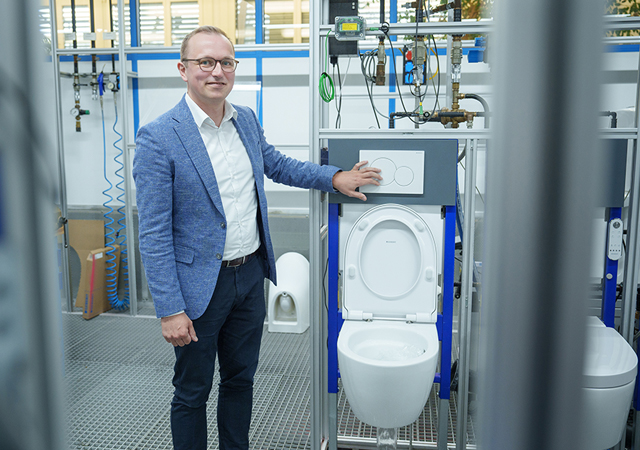
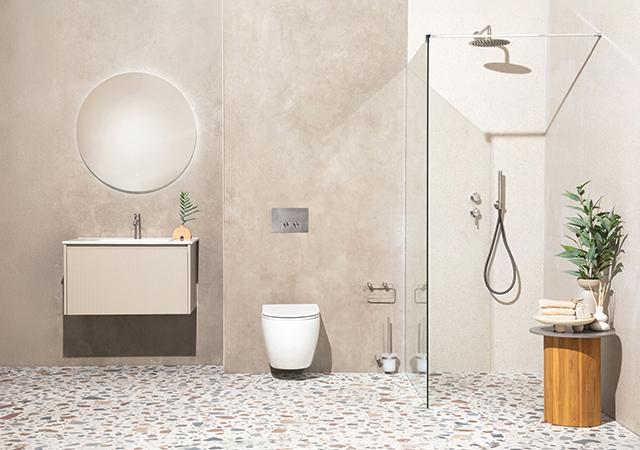
 Doka.jpg)


